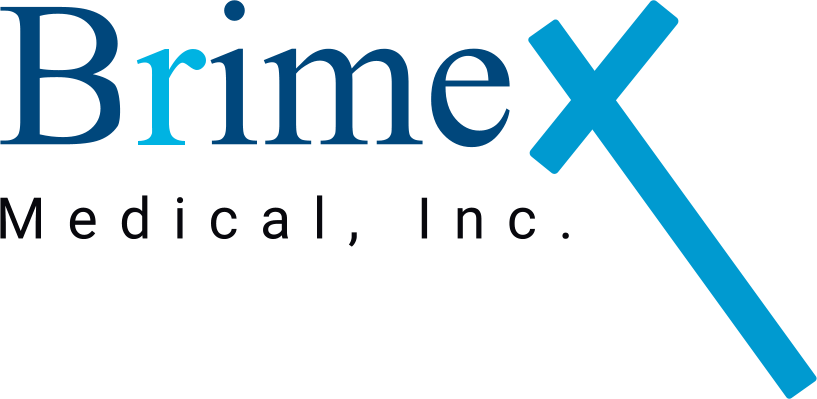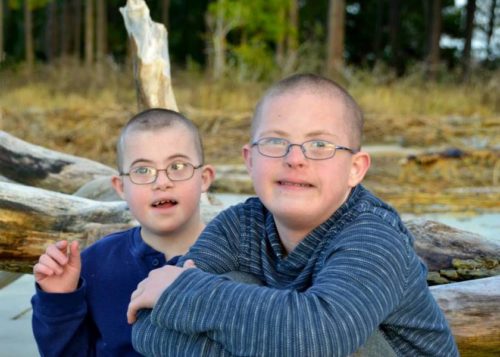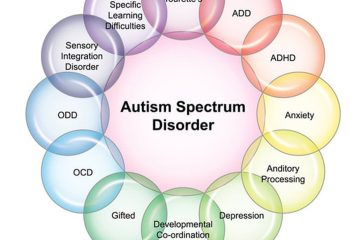In the complex landscape of neurodevelopmental conditions, Autism Spectrum Disorder (ASD) and Down Syndrome (DS) stand as distinctive entities. This comprehensive guide will delve into the unique characteristics, causes, symptoms, related conditions, treatments, and next steps associated with each, aiming to provide clarity for those navigating these conditions, whether separately or concurrently.
Understanding these conditions
Autism Spectrum Disorder (ASD): Autism is a neurodevelopmental difference impacting language, social interaction, and behavior. ASD manifests in a spectrum of traits, making each case unique. Diagnosis typically occurs through behavioral observation, with signs identifiable as early as age 2. Notably, about 1 in 44 children are estimated to be autistic.
Down Syndrome (DS): Down syndrome is a chromosomal condition, the most prevalent genetic disorder in the U.S., affecting approximately 1 in 700 births. It is identified through karyotyping, with three variations: Trisomy 21, Mosaic Down syndrome, and Translocation Down syndrome. Prenatal diagnosis is possible, and physical characteristics often distinguish DS at birth.
Causes of both
Autism (ASD): Multiple factors contribute to autism, including genetic mutations, environmental factors (e.g., pesticide exposure), and biological factors (e.g., infections during pregnancy).
Down Syndrome (DS): DS is a chromosomal disorder, more common in pregnancies with mothers aged 35 or older. It has three variations, each involving an additional copy of chromosome 21.
Symptoms of both
Shared Traits:
- Preference for routine
- Less responsive to the sound of their name
- Expressive language differences
- Atypical eye contact
- Sensory differences
- Repetitive play
- Challenging behaviors
- Focused interests
- Anxiety
- Developmental differences
- Reduced reciprocal conversation
Differences:
- Autistic individuals may show minimal use of gestures, act as though others are inanimate objects, and engage in parallel play.
- People with DS often use signs and symbolic gestures, try to copy others, and engage in joint attention.
Related medical conditions
Autism (ASD):
- Seizures
- Gastrointestinal issues
- Sleep disorders
- Pain threshold differences
- Metabolic differences
Down Syndrome (DS):
- Congenital heart defects
- Cataracts and poor vision
- Hearing loss
- Hip issues
- Leukemia
- Obesity
- Hypothyroidism
- Constipation
- Sleep apnea
- Infection susceptibility
- Dementia
- Alzheimer’s disease
Treating autism and Down syndrome
Autism (ASD): Treatment focuses on supporting individuals in daily life. Speech therapy, social skills training, academic support, and physical therapy are common. Medication may be prescribed for co-occurring conditions.
Down Syndrome (DS): Treatment is tailored to individual needs, addressing speech pathology and medical needs such as heart defects and cancer treatment.
Next steps
Navigating autism and Down syndrome is facilitated by a wealth of knowledge and support. Organizations like the Autism Society and National Down Syndrome Society offer resources and programs. The Disability Rights Education & Defense Fund provides advocacy and training.
Conclusion
While autism and Down syndrome can co-occur, their unique characteristics necessitate specialized support. For comprehensive intellectual and developmental disability services, Brimex Medical, Inc. stands committed to aiding individuals in finding their rightful place in the community. With a focus on personalized care, our services strive to enhance the lives of those navigating these complex conditions.


